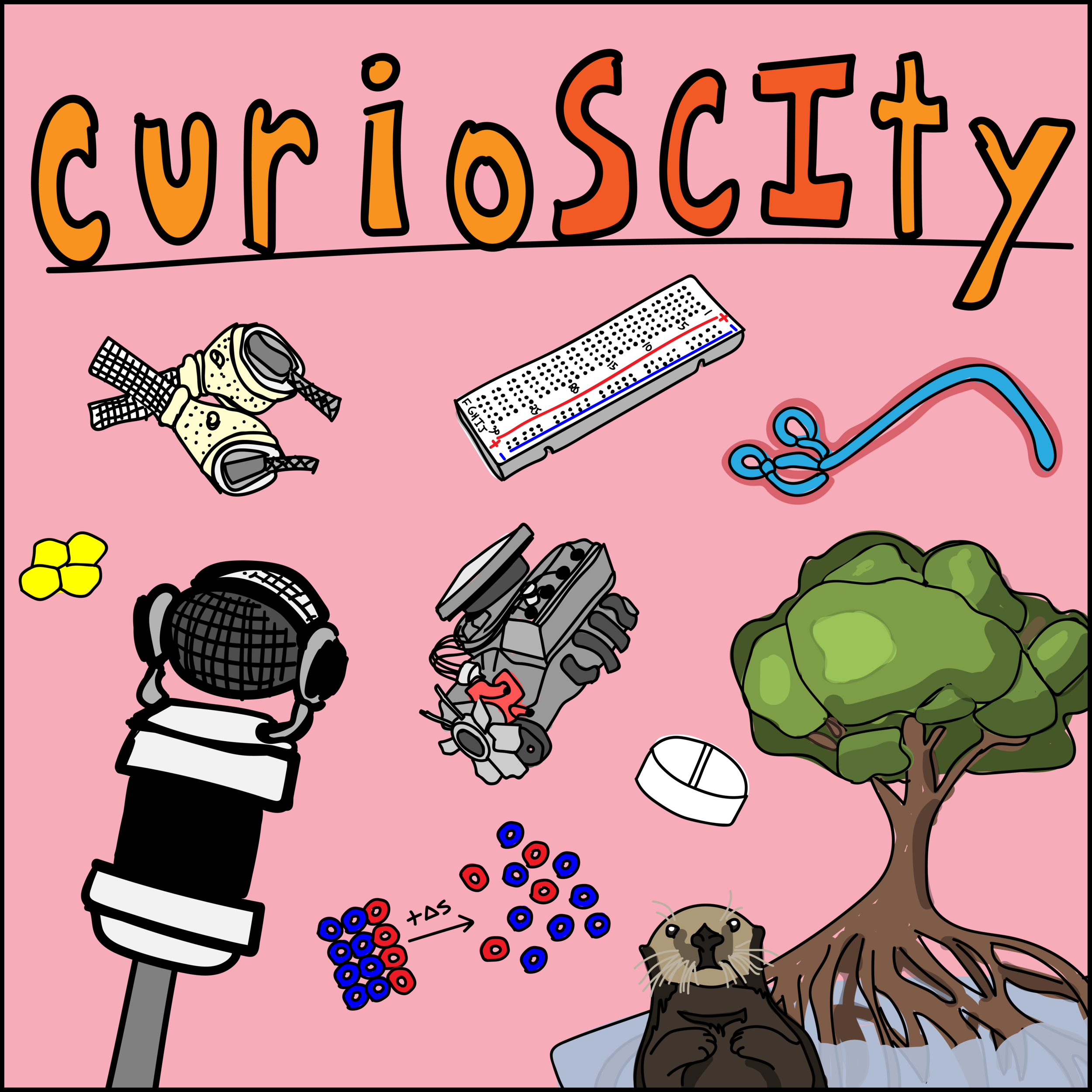50 - Antibiotics and our Future Crisis (w/ Brian Conlon!)
50. Antibiotics and our Future Crisis
Antibiotics are pharmaceuticals that can prevent certain types of bacterial infection. Recognized with a 1945 Nobel Prize in Medicine, humans have previously used antibiotics for millennia to treat infections without having even known what caused those infections. What are the benefits to antibiotics? What are the consequences? Let’s learn to be scientifically conversational.
General Learning Concepts
1) Relevant Background
a. What are bacteria? Microscopic, single-celled organisms. They do not have different internal compartments like Eukaryotic cells (human cells, plant cells, yeast cells, for example). They have a cell wall of some thickness, unlike human cells. They can be found in all manners of locations (mountains, oceans, inside of animals, frozen in ice, just about everywhere). There are likely 1 trillion different types of microbes on Earth and 99.999 percent have yet to be discovered.
b. Why are bacteria important to our global ecosystem? It is unlikely that life as we know it would exist without bacteria. Organic carbon would remove all the carbon dioxide in the atmosphere if bacteria did not break them down and decompose them. If there was no carbon dioxide, plants could not photosynthesize. This immediately would cause a trophic breakdown where primary producers would be gone and trophic predators (including humans) would immediately starve to death and die out. Decomposition on its own releases nutrients into the environment that can be used for a myriad of purposes. Bacteria are also quite important for nitrogen fixation (making nitrogen that is usable for plants).
c. What is an antibiotic? Small molecules (chemicals) that act to treat or prevent some types of bacterial infection. They work by killing bacteria or preventing them from spreading.
d. How many different types of antibiotics are there? It really depends on how you classify the groups, but what really matters tends to be the mechanism of action and not the actual molecule itself.
2) How do antibiotics work?
a. General mechanism of action: Generally, antibiotics work by affecting systems in bacterial cells that are not found in human cells (eg. Cell wall synthesis inhibition with penicillin, bacterial ribosome inhibition with erythromycin).
b. Antibiotic resistance passes from bacterium to bacterium: Antibiotic resistance is one of the most urgent threats to the public’s health. Antibiotic resistance occurs when bacteria develop the ability to defeat the drugs designed to kill them. Each year in the United States, at least 2 million people get infected with antibiotic-resistant bacteria, and at least 23,000 people die as a result. [2]
i. CDC: You get an infection. There are a lot of bacteria making you sick. Some of those bacteria are resistant to antibiotics. Antibiotics kill the bacteria making you sick, but the resistant bacteria are not killed. Antibiotics also kill good bacteria that protect the body from infection. Resistant bacteria have defense strategies that protect them from antibiotics. They multiply and continue to make you sick. Resistant bacteria can give their drug-resistance to other bacteria. Antibiotics cannot treat your sickness, and people can spread these resistant germs to others.
c. Mechanisms by which bacteria resist antibiotics:
i. By limiting the number or changing the size of the openings in the cell wall, resistant bacteria can keep antibiotic drugs from entering the cell altogether
ii. Resistant bacteria can use pumps in their cell walls to remove antibiotic drugs that enter the cell.
iii. Some resistant bacteria use enzymes to break down the antibiotic drug and make it ineffective.
iv. Other resistant bacteria use enzymes to alter the antibiotic drug so that it loses its effectiveness.
v. Some resistant bacteria have developed different and new processes to get around these drug disruptions. The new process may be slower but they can still bypass the effects of the drug.
vi. Many antibiotic drugs are designed to single out and destroy specific parts (or targets) of a bacterium. Resistant bacteria can change the look of their targets so that the antibiotic does not recognize and destroy them, allowing the bacteria to survive.
3) Antibiotic research today
4) Fun Tidbits
a. Greater measures are being taken by clinicians to reduce antibiotic resistance: The CDC states that “About 30 percent of antibiotics, or 47 million prescriptions, are prescribed unnecessarily in doctors’ offices and emergency departments in the United States, which makes improving antibiotic prescribing and use a national priority”.
b. Antibiotics don’t just hit the “bad” bacteria: Some bacteria in the human gut or body are important for a variety of other functions. When trying to eliminate bacteria that cause morbidity or mortality, many other bacteria that are important for human health are disrupted equally.
5) Solicited Questions
a. I have heard that finishing the course of antibiotics I was prescribed is important. Why is that? Feeling better, or an improvement in symptoms, does not always mean that the infection has completely gone. The general fear has been that those bacteria that survive will often survive because of antibiotic resistance and be able to replicate to high levels once again, or be transmitted as an antibiotic resistant strain.
b. Why can’t I take antibiotics when I have the flu? Antibiotics do not work to inhibit the growth of viruses.


